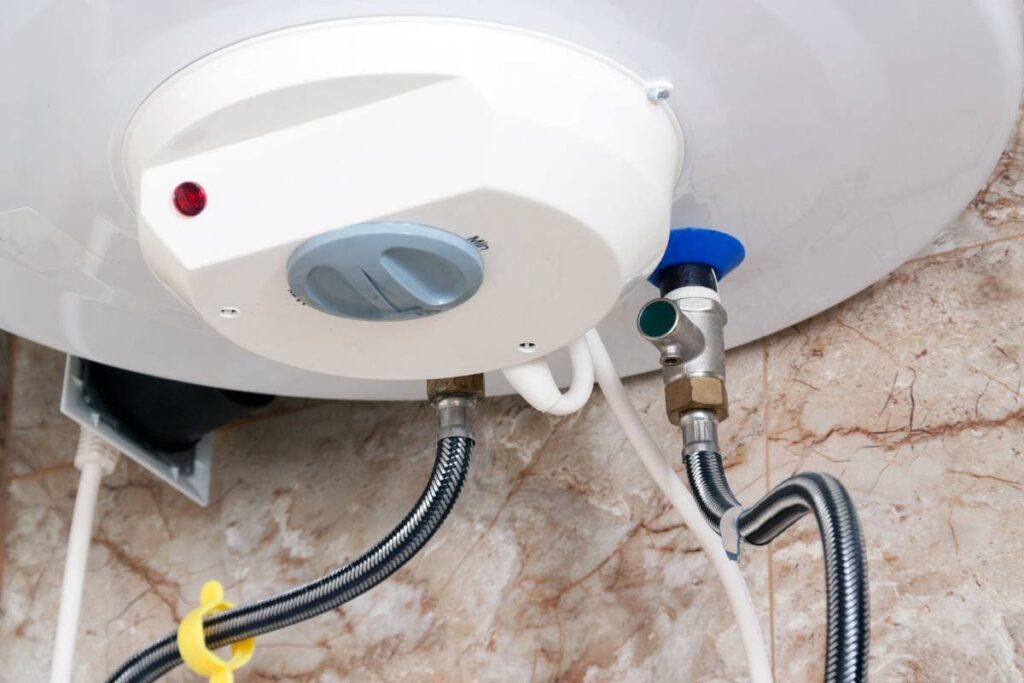Easy Guide to Maintaining Your Home's Hot Water System
Easy Guide to Maintaining Your Home's Hot Water System
Blog Article
What are your ideas with regards to What Kind of Maintenance Do Water Heaters Need??

Hot water is necessary for daily convenience, whether it's for a revitalizing shower or washing recipes. To ensure your warm water system runs efficiently and lasts much longer, regular upkeep is key. This short article gives functional pointers and insights on exactly how to maintain your home's hot water system to stay clear of interruptions and pricey repair services.
Intro
Preserving your home's warm water system may appear challenging, yet with a few basic steps, you can guarantee it runs smoothly for several years ahead. This guide covers whatever from understanding your hot water system to do it yourself maintenance ideas and understanding when to call in expert help.
Significance of Keeping Your Hot Water System
Routine upkeep not only prolongs the life-span of your warm water system but additionally ensures it runs efficiently. Overlooking upkeep can result in lowered effectiveness, greater energy expenses, and even premature failing of the system.
Signs Your Hot Water System Demands Maintenance
Knowing when your warm water system needs focus can avoid significant problems. Look out for indicators such as inconsistent water temperature, odd sounds from the heating unit, or corroded water.
Understanding Your Hot Water System
Prior to diving into maintenance jobs, it's helpful to recognize the basic parts of your hot water system. Normally, this includes the water heater itself, pipelines, anode rods, and temperature level controls.
Month-to-month Upkeep Tasks
Normal month-to-month checks can aid capture small concerns before they escalate.
Flushing the Water Heater
Flushing your water heater eliminates sediment accumulation, enhancing effectiveness and extending its life.
Checking and Replacing Anode Rods
Anode rods prevent corrosion inside the container. Checking and replacing them when worn out is important.
Inspecting and Adjusting Temperature Level Settings
Changing the temperature level setups ensures ideal efficiency and safety.
DIY Tips for Maintenance
You can carry out a number of upkeep jobs on your own to maintain your warm water system in leading condition.
Checking for Leaks
Frequently check pipelines and links for leakages, as these can bring about water damages and greater costs.
Testing Stress Alleviation Valves
Examining the stress safety valve guarantees it works appropriately and protects against too much stress build-up.
Shielding Pipelines
Shielding warm water pipelines minimizes warmth loss and can conserve power.
When to Call an Expert
While do it yourself upkeep is useful, some problems need expert competence.
Complicated Problems Requiring Professional Help
Examples consist of significant leakages, electrical issues, or if your water heater is consistently underperforming.
Routine Specialist Upkeep Perks
Expert maintenance can consist of extensive assessments, tune-ups, and making sure compliance with safety standards.
Conclusion
Normal upkeep of your home's warm water system is vital for performance, long life, and expense savings. By following these pointers and understanding when to seek specialist assistance, you can guarantee a dependable supply of warm water without unforeseen disruptions.
How to Maintain an Instant Hot Water Heater
Before tinkering with your hot water heater, make sure that it’s not powered on. You also have to turn off the main circuit breaker and shut off the main gas line to prevent accidents. Also turn off the water valves connected to your unit to prevent water from flowing into and out of the appliance. 2. When you’re done, you have to detach the purge valves’ caps. These look like the letter “T†and are situated on either side of the water valves. Doing so will release any pressure that has accumulated inside the valves while at the same time avoid hot water from shooting out and burning your skin. 3. When the purge valves’ caps are removed, you have to connect your hosing lines to the valves. Your unit should have come with three hoses but if it didn’t, you can purchase these things from any hardware or home repair shops. You can also get them from retail stores that sell water heating systems. Read the user’s manual and follow it to complete this task properly. When the hosing lines are connected, open the purge port’s valves. 4. You should never use harsh chemical cleaners or solutions when cleaning your unit. Make use of white vinegar instead. It should be undiluted and you’ll probably use about 2 gallons. 5. Now flush your water heater. This task should probably take about 40 minutes. We can’t give you specific directions for this because the procedure is carried out depending on the type, model and brand of your heater. With that being said, refer to the user’s manual. 6. When you’re done draining the unit, you have to turn off the purge port valves again. Remove the hosing lines that you earlier installed on each of the water valves. Put the valve caps (purge port) back in their respective places and be very careful so as not to damage the rubber discs that are found inside these caps. 7. Now that everything’s back in place, check your user’s manual again to find out how to reactivate your water heating system. 8. Once it is working, turn one of your hot water faucets on just to let air pass through the heater’s water supply pipes. Leave the tap on until water flows smoothly out of it. https://www.orrplumbing.com/blog/2014/september/how-to-maintain-an-instant-hot-water-heater/

Hopefully you enjoyed our excerpt about Tips on Maintaining a Water Heater. Thank you for finding the time to read our posting. Don't hesitate to take a moment to promote this post if you enjoyed it. I am grateful for your time. Don't hesitate to pay a visit to our website back soon.
Quote & Schedule Report this page